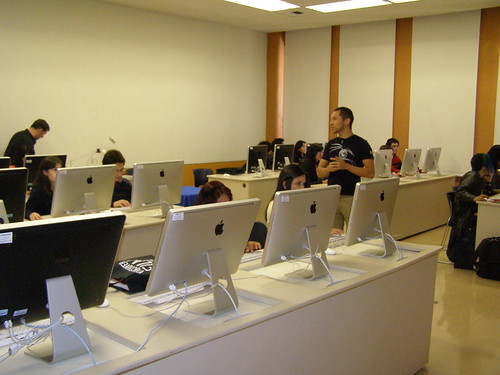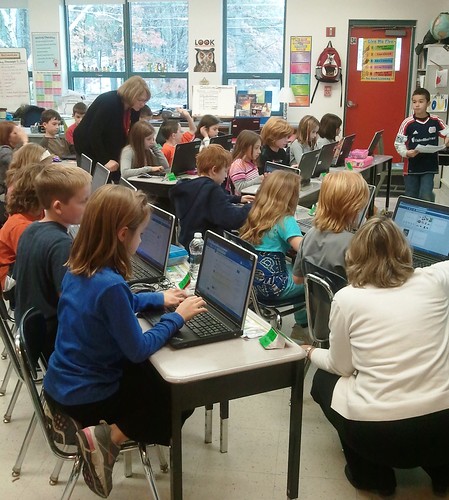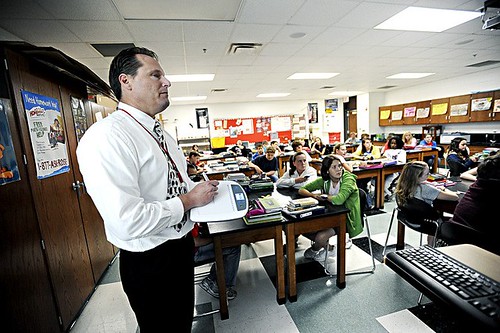Chapter Five: Researching and Evaluating Internet Information

Focus Question 2: What are search
engines and how do they work?
Search
engines retrieve information from the internet. A search engine is a software
program that use networks of computers to access information about a specific
topic from its databases. I use a search engine daily on my iPhone. If it wasn’t
for a Google, I would have a lot more questions about various topics/day to day
tasks.
Tech Tool 5.1: Photo and Audio
Resources on the Web
Flickr is an
online photo managing and sharing tool with many instructional options for teachers.
Before this class all I knew about Flickr was that it was a database for
pictures and that people could add their own to the site. I had no idea the search
tools that were available or the creative commons section which makes it
incredibly easy for students to find an image for an assignment and not be
concerned about copyright infringement. It has become a tool I use not only for
school uses but personal as well.
LibriVox
offers free audio recordings of published books and other materials. The site’s
long term goal is to make all public domain books available free in audio
format. Teachers and students could access a book in full or as a chapter a day
in audio. This is very remarkable concept. Instead of hauling around heavy
books students could just use a tablet to access work and this also would
benefit blind students or students that struggle with reading since it is
audio.
Summary/Interesting Points:
I didn’t know
there were search engines specifically geared towards children. One is called quintura.com,
it is a visual search engine for students that features group of keywords in a
visual display for navigating search results. These search engines could be
used in school and provide students with the information they are looking for
as well as the skills to pick out the information that is right for them while
not being bombarded with items that could be of inappropriate nature.
A problem with information on the internet is that not everything you find is true. Misinformation is either false, out of date or incomplete information. A type of misinformation is called disinformation which is when knowingly false of malicious information is posted online. Students must learn the importance of making sure they only use reputable websites. A way to figure this out is to use the AAOCC method which consists of checking if the information has accuracy, authority, objectivity, currency and coverage. I feel like these points are so important and I feel I understand them more after using them for the rubric assignment.


